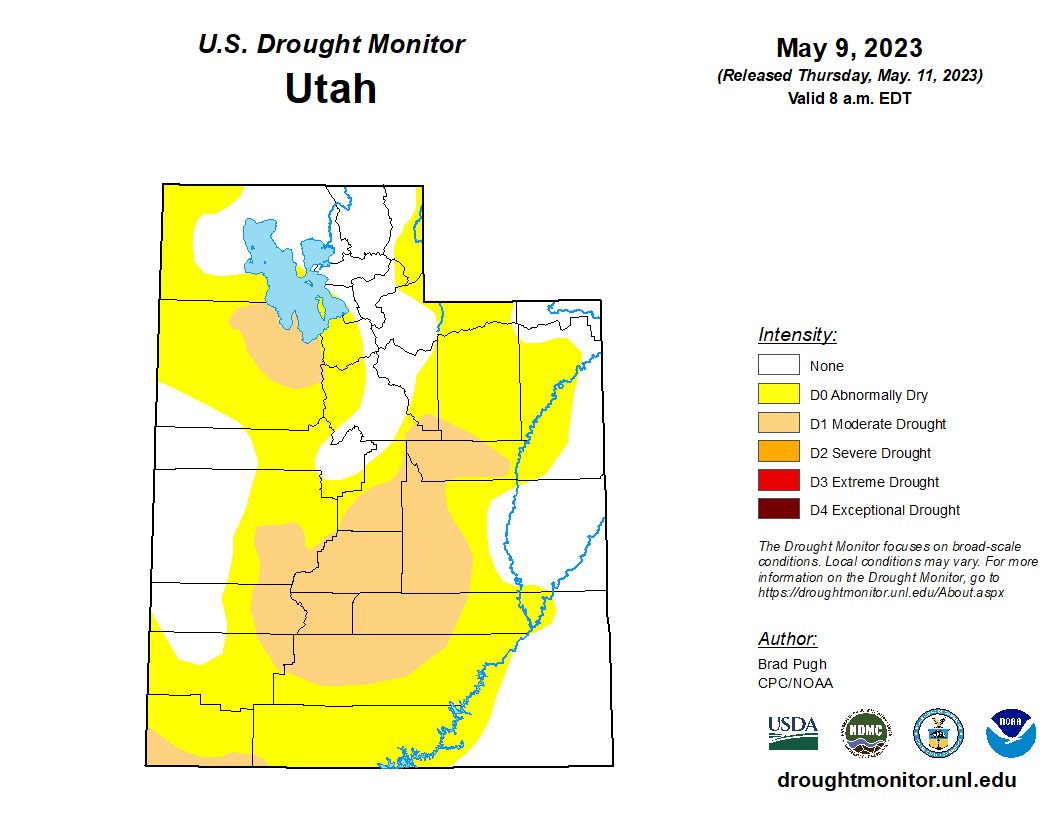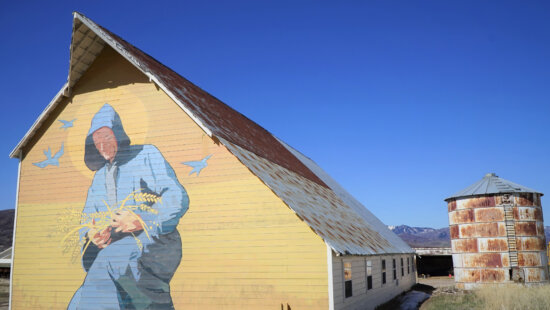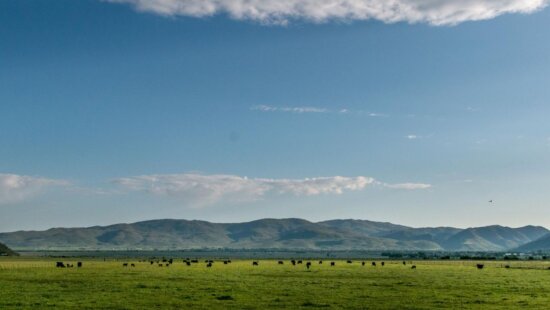Politics
Gov. Cox issues executive order requiring water conservation at state facilities

Utah Gov. Spencer Cox at Delta High School. Photo: Governor Spencer J. Cox
UTAH — Gov. Spencer Cox issued Executive Order 2023-07 on Wednesday, May 10. The order requires state facilities to practice water conservation in an effort to be more drought resilient. The move brings most state facilities more in line with drought resiliency efforts already enacted in other areas.
According to a press release from the governor’s office, Executive Order 2023-07 states that “each state agency will assess its compliance with water conservation requirements for state facilities, coordinate with the Division of Facilities Construction and Management and the Division of Water Resources to implement and follow those requirements, and follow the Division of Water Resources’ weekly watering guide.”
“While we are thankful for the record-breaking snowpack we received this season, we have to keep up the good work of conserving this precious natural resource,” Cox said. “Maintaining and expanding existing water-saving measures will only increase Utah’s ability to grow sustainably.”
The Executive Order does clarify that “state facility” does not mean structures owned or operated exclusively by the state legislative branch, judicial branch of the state, attorney general’s office, state auditor’s office, state treasurer’s office, the state board of education or an independent entity using the definition outlined in Utah Code 63E-1-102.
The executive order also does not apply to unoccupied structures in the state highway system, private structures on state-owned land, or structures on land administered by the trust lands administration under a lease, permit, or contract.
With critical habitats already threatened, such as the Great Salt Lake taking center stage in the push for a more environmentally conscious set of governmental policies, this executive order is another step forward for Utahns and wildlife, continuing the trend of policies passed into law by the 2023 legislative session.
Utah is in the top five list of driest states, with some rankings placing it as high as number two. Across the globe, most areas have experienced record-warm temperatures, while the western U.S. was in the minority, having a below-average temperature rating throughout the 2023 winter.
As of May 9, just under 20% of the state is listed as experiencing moderate drought conditions, 46.6% is rated as abnormally dry, and the remaining 37.1% is not experiencing drought conditions.




















